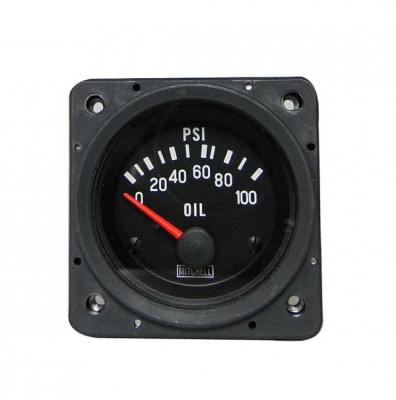Re: AHT10 humidity sensor over Software I2C
Posted: Fri Nov 12, 2021 5:49 pm
Then going a little further for temperature sensor maybe thermistor
lets take 1N4148
https://en.wikipedia.org/wiki/1N4148_signal_diode
https://en.wikipedia.org/wiki/Shockley_diode_equation
oops missing some parameters, we'd need to borrow that from Spice models
https://github.com/neiser/spice-padiwa- ... 1N4148.lib
ok got it
ideality factor N = 1.906
https://en.wikipedia.org/wiki/Saturation_current
Is = 4.352E-9
now plug these back into Shockley diode equation ok looks good
Then consider a simple model of a resistor in series with a diode
lets use R = 2k ohm
re-arranging the Shockley equation to get temperature vs V diode forward voltage
- deleted - incorrect, Is is not constant with temperature hence direct substitution in Shockley equation results in misleading values
https://en.wikipedia.org/wiki/Saturation_current
explored here
https://electronics.stackexchange.com/q ... ation?rq=1
but maybe that's how this enterprising person did it
https://hackaday.com/2018/04/16/two-cen ... e-sensors/
there is apparently no substitutes for testing it to derive the empirical parameters
oh but the shockley equation finding is a bit scary as this implies that circuit simulations is made at a *fixed temperature*, when the diode (or junction Vbe heats up), circuit behaviour maybe wildly different from the ideal Shockley equation
lets take 1N4148
https://en.wikipedia.org/wiki/1N4148_signal_diode
https://en.wikipedia.org/wiki/Shockley_diode_equation
oops missing some parameters, we'd need to borrow that from Spice models
https://github.com/neiser/spice-padiwa- ... 1N4148.lib
ok got it
ideality factor N = 1.906
https://en.wikipedia.org/wiki/Saturation_current
Is = 4.352E-9
now plug these back into Shockley diode equation ok looks good
Then consider a simple model of a resistor in series with a diode
Code: Select all
+------R------+----->|-------+
re-arranging the Shockley equation to get temperature vs V diode forward voltage
- deleted - incorrect, Is is not constant with temperature hence direct substitution in Shockley equation results in misleading values
https://en.wikipedia.org/wiki/Saturation_current
explored here
https://electronics.stackexchange.com/q ... ation?rq=1
but maybe that's how this enterprising person did it
https://hackaday.com/2018/04/16/two-cen ... e-sensors/
there is apparently no substitutes for testing it to derive the empirical parameters
oh but the shockley equation finding is a bit scary as this implies that circuit simulations is made at a *fixed temperature*, when the diode (or junction Vbe heats up), circuit behaviour maybe wildly different from the ideal Shockley equation
